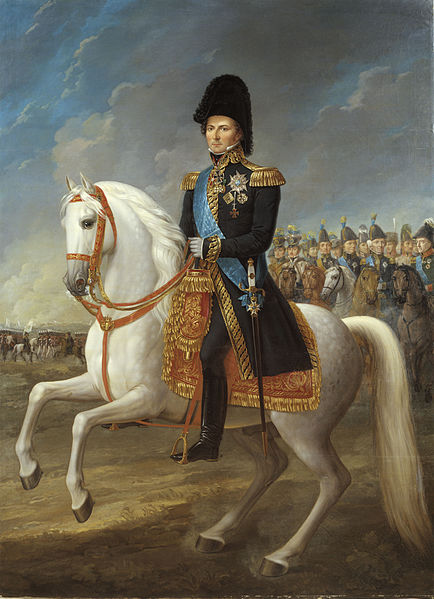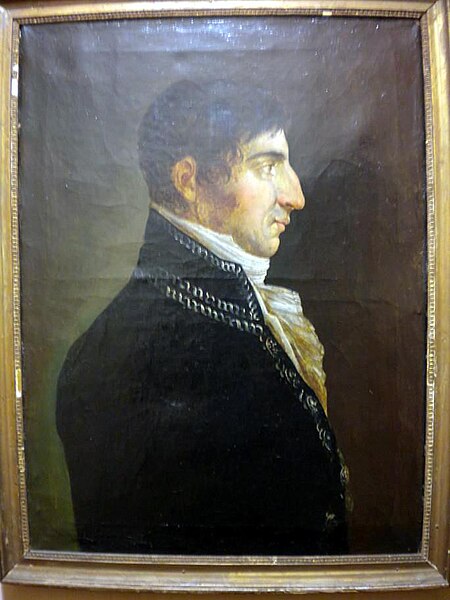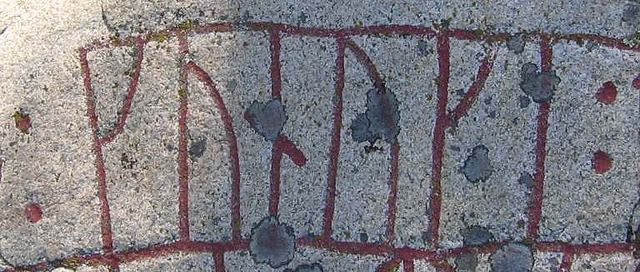The House of Bernadotte is the royal family of Sweden, founded there in 1818 by King Charles XIV John of Sweden. It was also the royal family of Norway between 1818 and 1905. Its founder was born in Pau in southern France as Jean Bernadotte. Bernadotte, who had been made a General of Division and Minister of War for his service in the French Army during the French Revolution, and Marshal of the French Empire and Prince of Ponte Corvo under Napoleon, was adopted by the elderly King Charles XIII of Sweden, who had no other heir and whose Holstein-Gottorp branch of the House of Oldenburg thus was soon to be extinct on the Swedish throne. The current king of Sweden, Carl XVI Gustaf, is a direct descendant of Charles XIV John.
Charles John, born Jean Bernadotte, King of Sweden and Norway 1818–1844 Portrait by Fredric Westin.
Baron J. E. Bernadotte
The king's mother Jeanne
The monarchy of Sweden is centred on the monarchical head of state of Sweden, by law a constitutional and hereditary monarchy with a parliamentary system. There have been kings in what now is the Kingdom of Sweden for more than a millennium. Originally an elective monarchy, it became a hereditary monarchy in the 16th century during the reign of Gustav Vasa, though virtually all monarchs before that belonged to a limited and small number of political families which are considered to be the royal dynasties of Sweden.
Monarchy of Sweden
kunuki, i.e. konungi, the dative case for Old Norse konungr ("king"). A runic inscription of the 11th century (U11) refers to King Håkan the Red.
Gustav I, portrayed here in 1542 by Jakob Binck, legally created the hereditary monarchy and organized the Swedish unitary state.
The Lion of the North: King Gustavus Adolphus depicted at the turning point of the Battle of Breitenfeld (1631) against the forces of Johann Tserclaes, Count of Tilly







